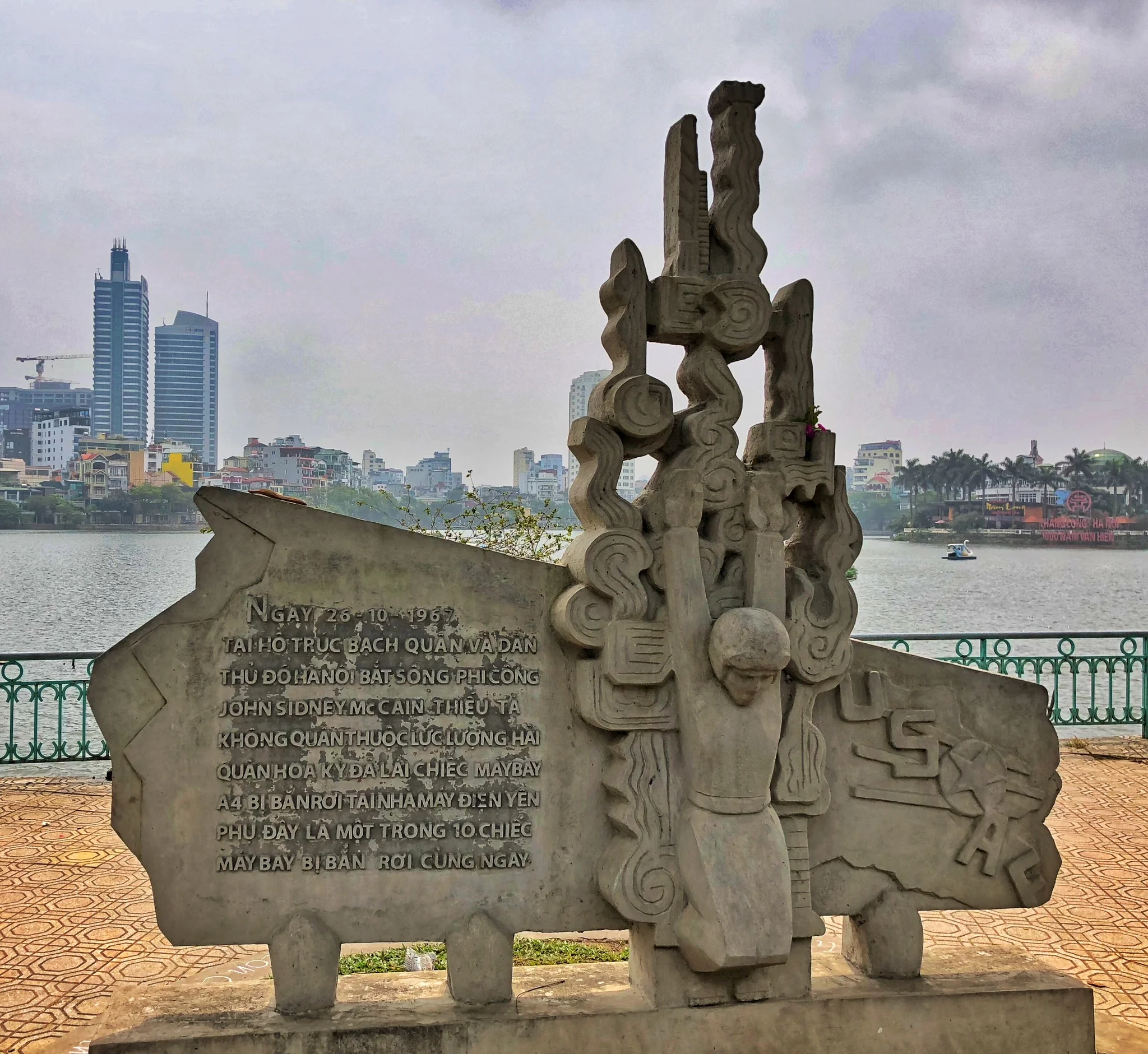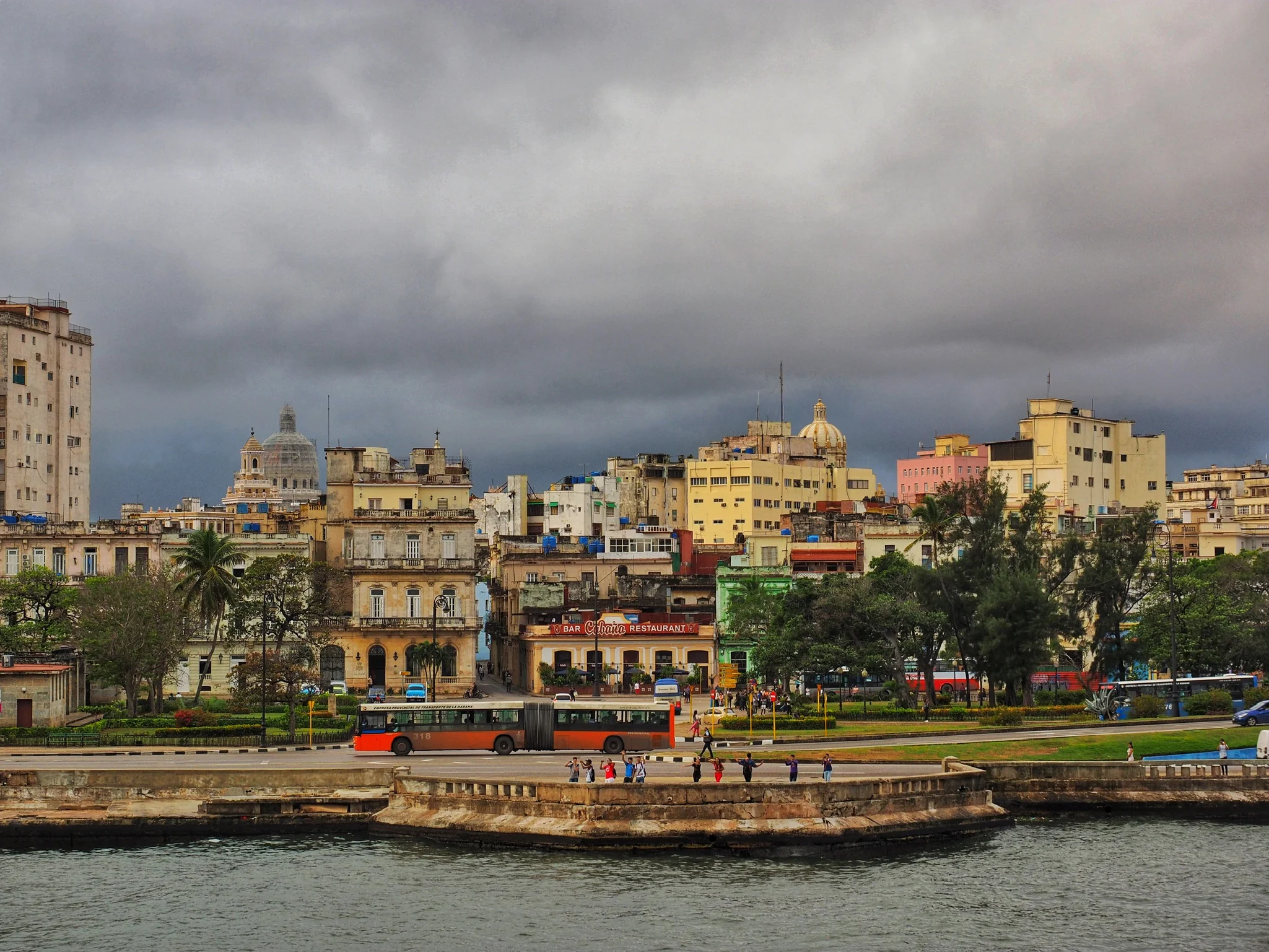Remembering John McCain in Hanoi
It’s easy to miss the small stone monument on Truc Bach Lake, commemorating the spot in central Hanoi where pilot John McCain crashed his plane during a bombing run over the Vietnamese capital 51 years ago.
Located along a busy causeway between Truc Bach and nearby West Lake, the memorial features a kneeling airman holding his arms above his head next to the letters “USAF” - an ironic mistake considering that Navy veteran McCain, who died Saturday of brain cancer, was the son and grandson of Navy admirals.
During my brief photo stop at the monument earlier this year, surrounded by paddle boats and ice cream peddlers, I had a hard time conjuring a badly injured McCain being pulled to shore and beaten by an angry mob. But at nearby Hoa Lo Prison, where he was held and tortured for the next five and a half years, McCain’s courage and ability to move beyond his past are palpable.
Derisively dubbed the “Hanoi Hilton” by McCain and his fellow American captives, the prison was built by French colonialists in 1896. Most of the original complex was torn down to make way for a high-rise office and apartment tower - now rumored to be haunted - and the remaining museum has become one of the city’s top visitor attractions. Past a gift shop, dank, narrow corridors lead to windowless cells where Vietnamese dissidents were chained with leg shackles, and where the Vietnamese translation of Hoa Lo as “hell hole” seems terrifyingly accurate.
The small exhibit dedicated to Vietnam War prisoners includes plenty of “fake news”: cheery depictions of Christmas dinners and sports games, and a glass case purportedly containing McCain’s jumpsuit and parachute. (Years later, following one of several repeat visits to Hoa Lo, McCain noted that his jumpsuit had been cut off before he arrived and that “the ‘museum’ is an excellent propaganda establishment” with little connection to actual events during his imprisonment.
But the exhibit also includes a photo of McCain during his first return trip in 1985, the 10th anniversary of the fall of Saigon. And despite the conditions he endured in Vietnam, McCain was a key promoter of efforts to normalize relations with the communist government.
Now, Vietnam’s economy and tourism industry are booming. During our month-long visit, which coincided with the 50th anniversary of the Tet Offensive, we found almost no one eager to remember or talk about that turbulent chapter. But today, as McCain’s well-wishers left flowers at the memorial on Truc Bach Lake, his legacy of healing diplomatic wounds endures.











